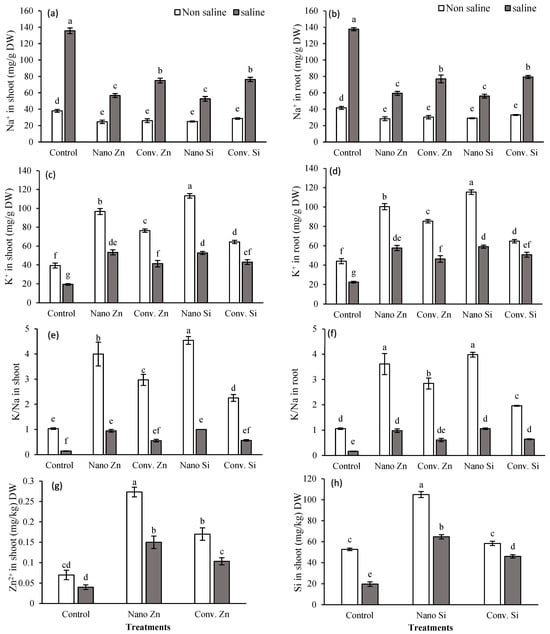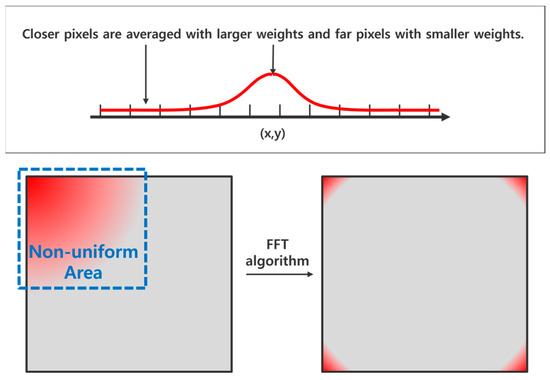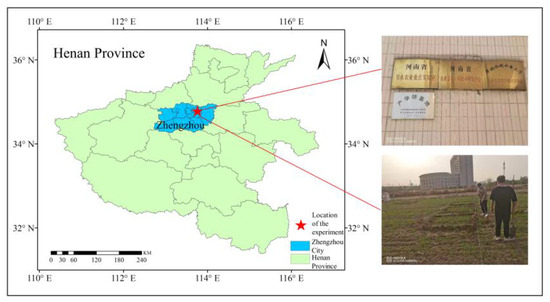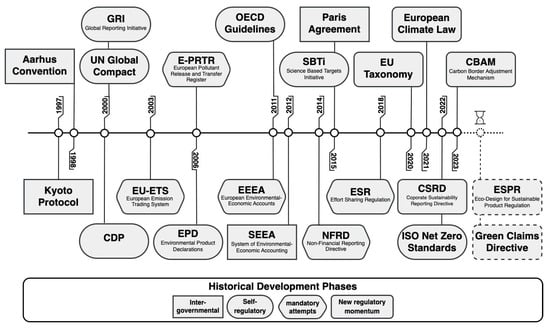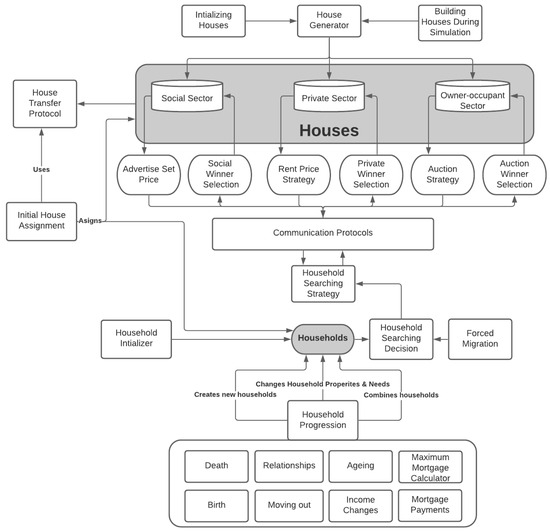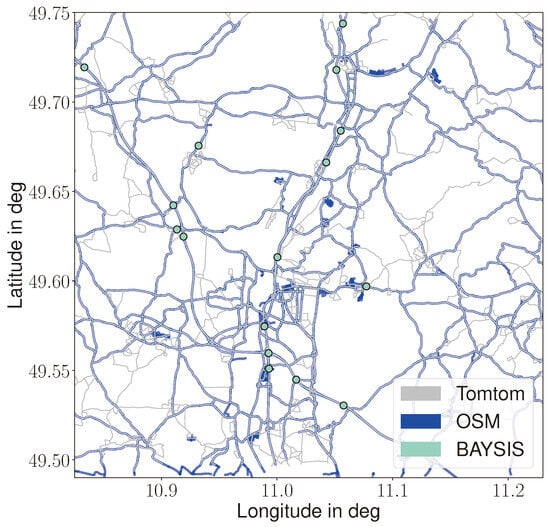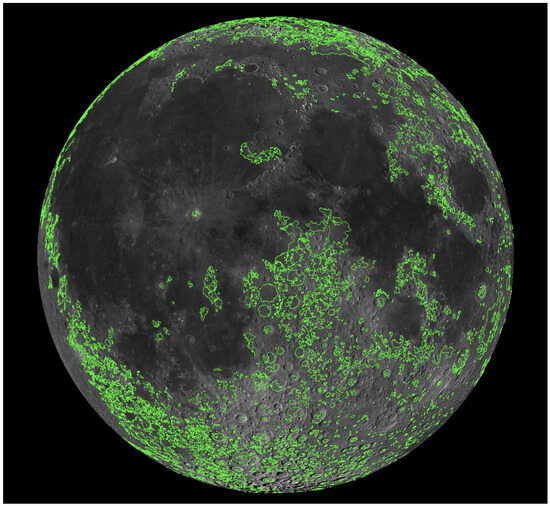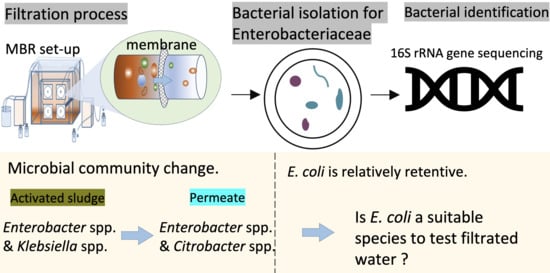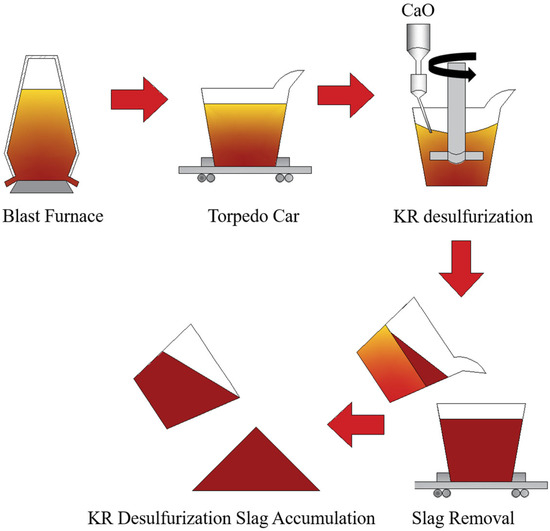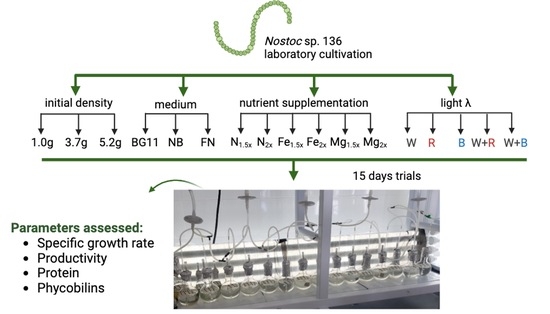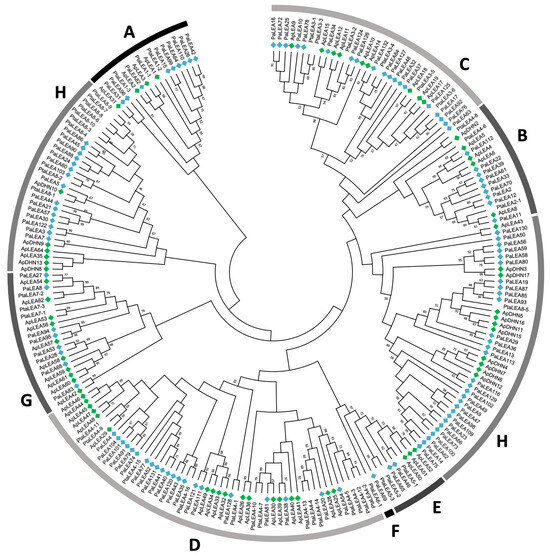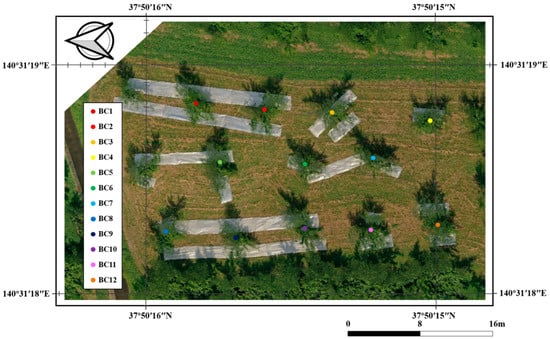Tillage modes and straw returning influence soil aggregate stability and the distribution of organic carbon (C) and nitrogen (N) in aggregates of different particle sizes. In the typical hilly regions of southwest China, the predominant soil type is purple soil, characterized by heavy
[...] Read more.
Tillage modes and straw returning influence soil aggregate stability and the distribution of organic carbon (C) and nitrogen (N) in aggregates of different particle sizes. In the typical hilly regions of southwest China, the predominant soil type is purple soil, characterized by heavy texture and high stickiness, with relatively lower soil fertility compared to other soil types. The improper use of fertilizers and field management practices further exacerbates soil compaction. However, abundant straw resources in the region provide an opportunity for comprehensive straw utilization. The effective utilization of straw resources is of significant importance for stabilizing agricultural ecological balance, improving resource utilization efficiency, and alleviating ecological pressure. Previously, most studies have focused on the impact of different mechanized tillage systems on the physical and chemical properties of soil in hilly areas, while research on the preservation of water-stable aggregates’ organic C and N content remains limited. In this study, the soil properties of fields under a winter pea–summer corn rotation for two years were studied with regards to the effects of straw returning on its water-stable aggregate distribution, macroaggregate content (R
0.25), mean weight diameter (MWD), geometric mean diameter (GMD), and the organic C and N content in soil aggregates of different particle sizes and at different depths. The effects of five different tillage modes were assessed, namely rotary tillage with straw mixed retention (RTM), conventional tillage with straw burial retention (CTB), no-tillage with straw covered retention (NTC), subsoiling with straw covered retention (STC), and no-tillage without straw retention (NT). Based on the study results, under different tillage modes, straw returning effectively enhanced the soil organic carbon (SOC) and total nitrogen (TN) reserves at the plow layer (0–30 cm), SOC increased by 17.2% to 88%, and TN increased by 8.6% to 85.9%. At the same time, the content of 0.25–2 mm aggregates increased under the straw-return treatments under different tillage patterns. The NT treatment had the lowest R
0.25 and MWD and GMD values for soil aggregates at different depths, which were significantly different (
p < 0.05) from the other treatment modes. The correlation coefficients between SOC and soil aggregate stability indices ranged from 0.68 to 0.90, with most of them showing highly significant positive correlations (
p < 0.01). In conclusion, straw returning under different tillage systems has improved soil aggregate stability and promoted soil structure stability. Specifically, the STC treatment has shown more pronounced effects on soil improvement in the upper soil layer of the hilly regions in southwest China, while the RTM treatment is beneficial for improving the lower soil layer. Therefore, the comprehensive experimental results indicate that the combination of STC and RTM treatments represents the most promising mechanized tillage and straw returning practices for the hilly regions in southwest China.
Full article
 IJMS
IMPACT
IJMS
IMPACT Applied Sciences
IMPACT
Applied Sciences
IMPACT Sustainability
IMPACT
Sustainability
IMPACT Sensors
IMPACT
Sensors
IMPACT JCM
IMPACT
JCM
IMPACT Energies
IMPACT
Energies
IMPACT Molecules
IMPACT
Molecules
IMPACT Materials
IMPACT
Materials
IMPACT Remote Sensing
IMPACT
Remote Sensing
IMPACT Cancers
IMPACT
Cancers
IMPACT Electronics
IMPACT
Electronics
IMPACT Mathematics
IMPACT
Mathematics
IMPACT Foods
IMPACT
Foods
IMPACT Buildings
IMPACT
Buildings
IMPACT Plants
IMPACT
Plants
IMPACT Nutrients
IMPACT
Nutrients
IMPACT Animals
IMPACT
Animals
IMPACT Polymers
IMPACT
Polymers
IMPACT Water
IMPACT
Water
IMPACT Diagnostics
IMPACT
Diagnostics
IMPACT Biomedicines
IMPACT
Biomedicines
IMPACT Agronomy
IMPACT
Agronomy
IMPACT Microorganisms
IMPACT
Microorganisms
IMPACT Processes
IMPACT
Processes
IMPACT Healthcare
IMPACT
Healthcare
IMPACT Forests
IMPACT
Forests
IMPACT Cells
IMPACT
Cells
IMPACT JMSE
IMPACT
JMSE
IMPACT Medicina
IMPACT
Medicina
IMPACT Viruses
IMPACT
Viruses
IMPACT Agriculture
IMPACT
Agriculture
IMPACT Nanomaterials
IMPACT
Nanomaterials
IMPACT IJERPH
IJERPH
 Land
IMPACT
Land
IMPACT Pharmaceutics
IMPACT
Pharmaceutics
IMPACT Pharmaceuticals
IMPACT
Pharmaceuticals
IMPACT Religions
IMPACT
Religions
IMPACT Biomolecules
IMPACT
Biomolecules
IMPACT Life
IMPACT
Life
IMPACT Micromachines
IMPACT
Micromachines
IMPACT Atmosphere
IMPACT
Atmosphere
IMPACT Antioxidants
IMPACT
Antioxidants
IMPACT Genes
IMPACT
Genes
IMPACT Metals
IMPACT
Metals
IMPACT Symmetry
IMPACT
Symmetry
IMPACT Children
IMPACT
Children
IMPACT Coatings
IMPACT
Coatings
IMPACT Vaccines
IMPACT
Vaccines
IMPACT Horticulturae
IMPACT
Horticulturae
IMPACT Education Sciences
IMPACT
Education Sciences
IMPACT Minerals
IMPACT
Minerals
IMPACT Brain Sciences
IMPACT
Brain Sciences
IMPACT JPM
IMPACT
JPM
IMPACT Bioengineering
IMPACT
Bioengineering
IMPACT




